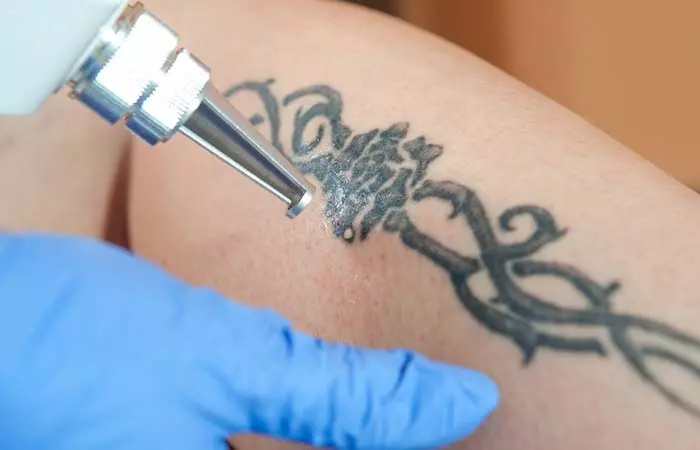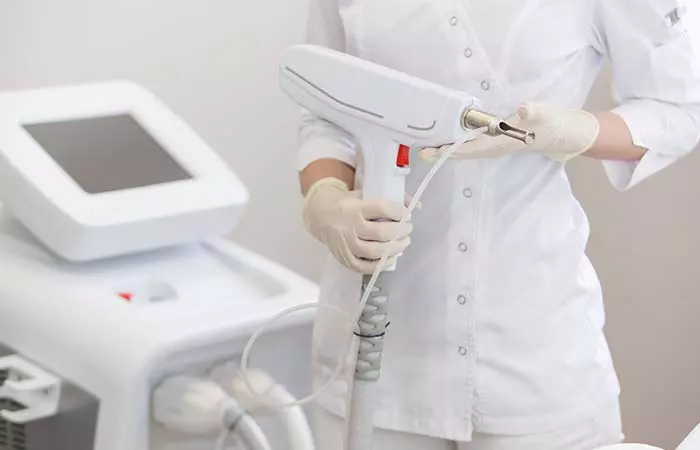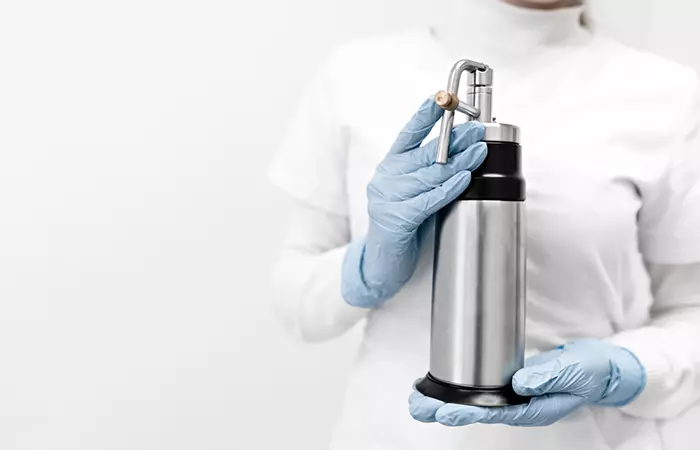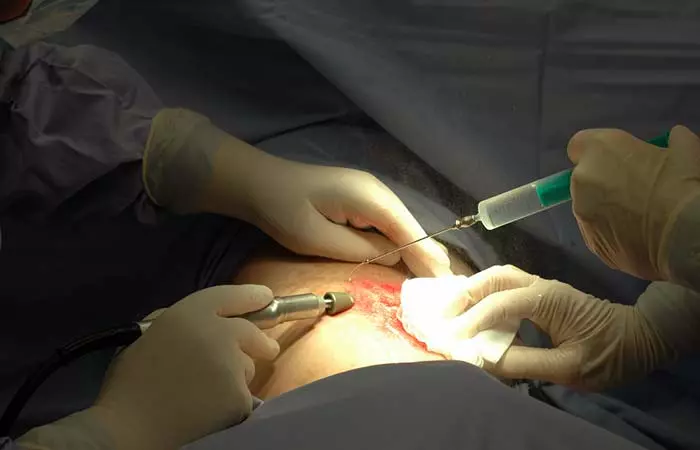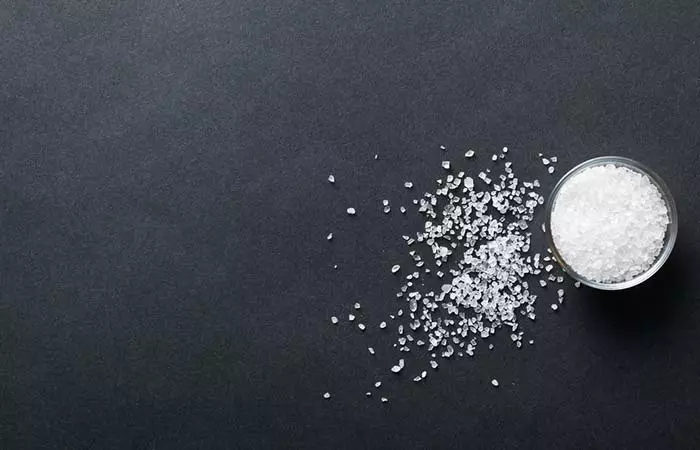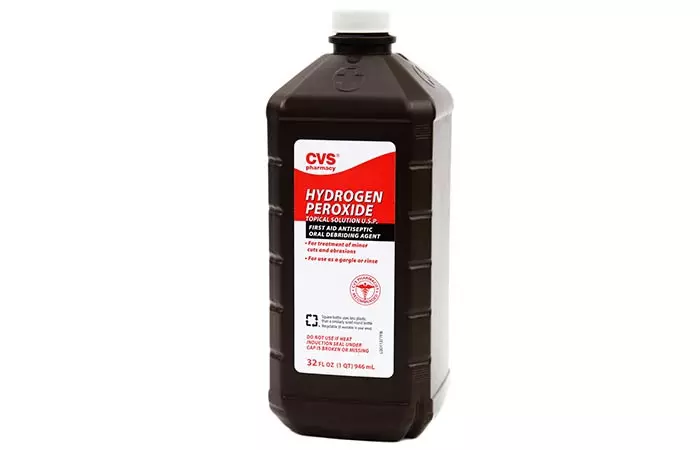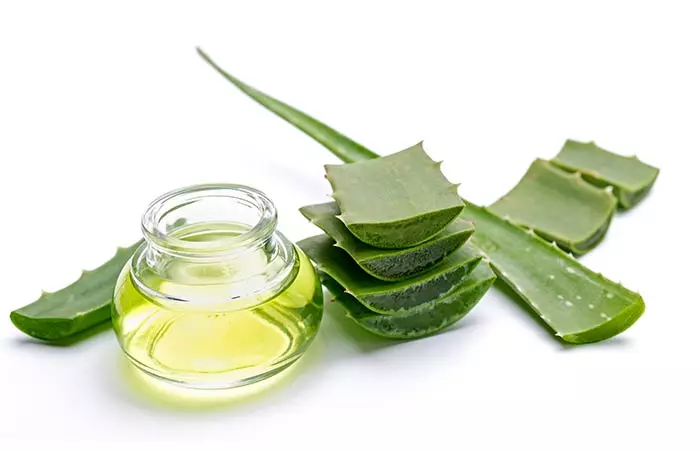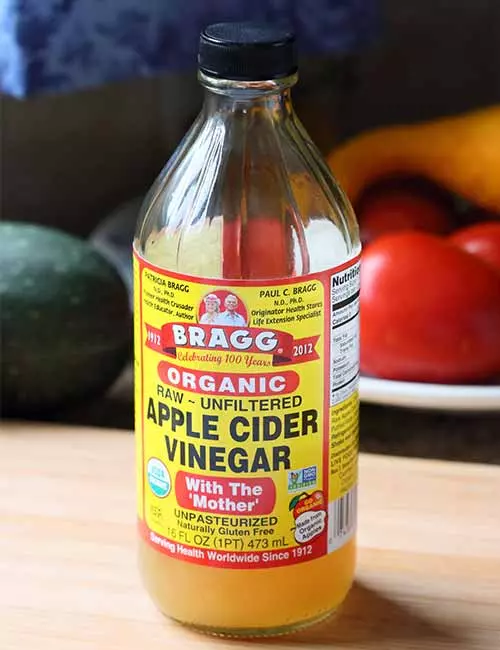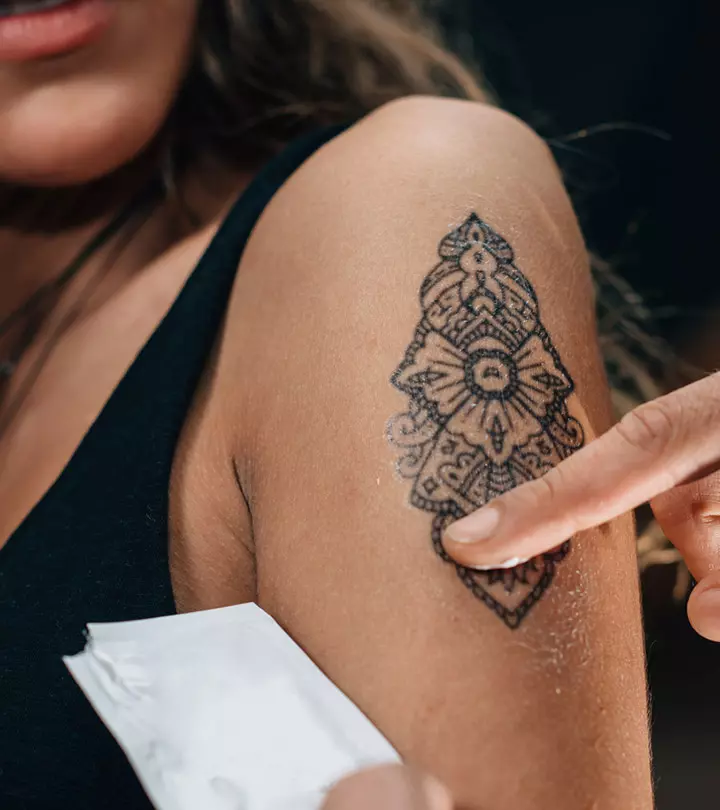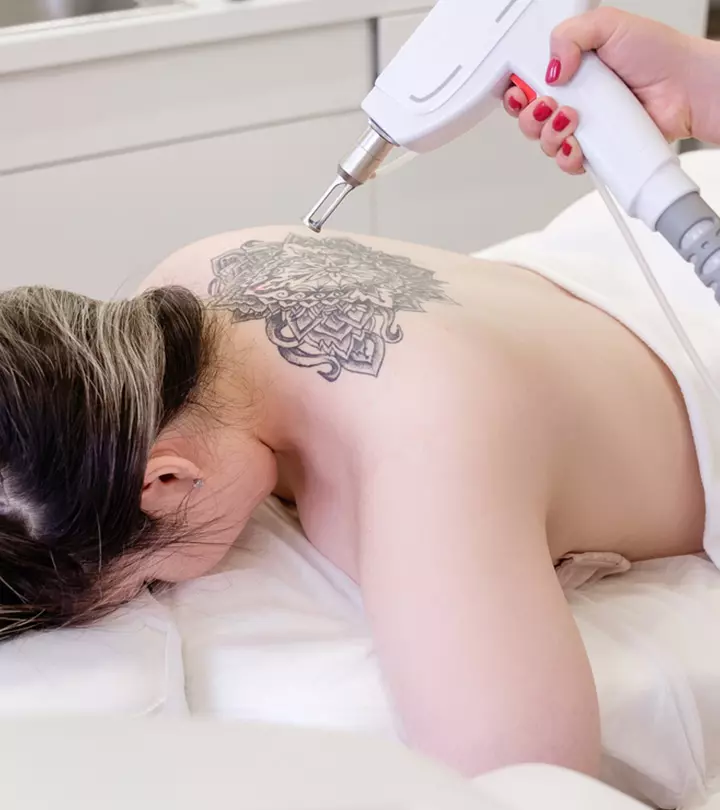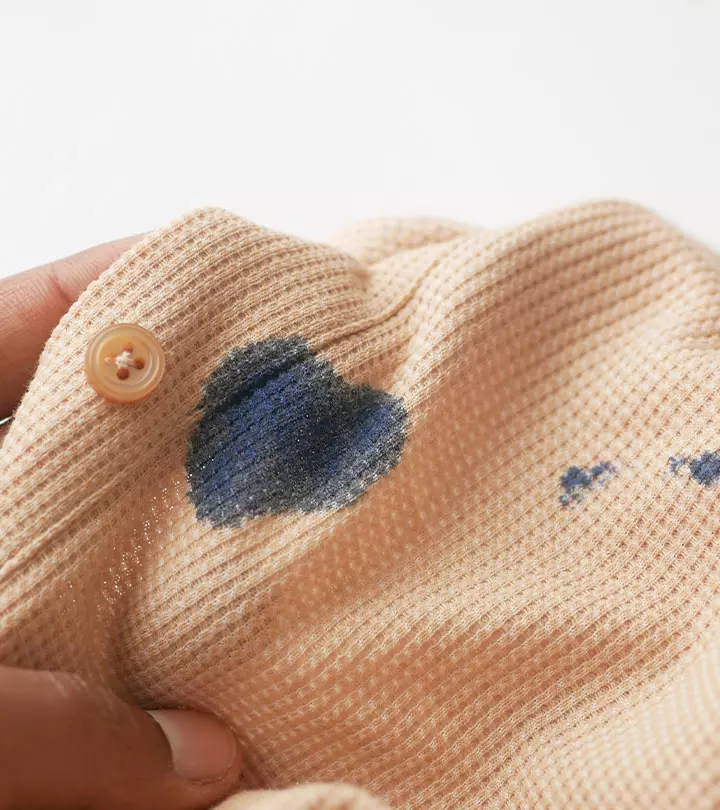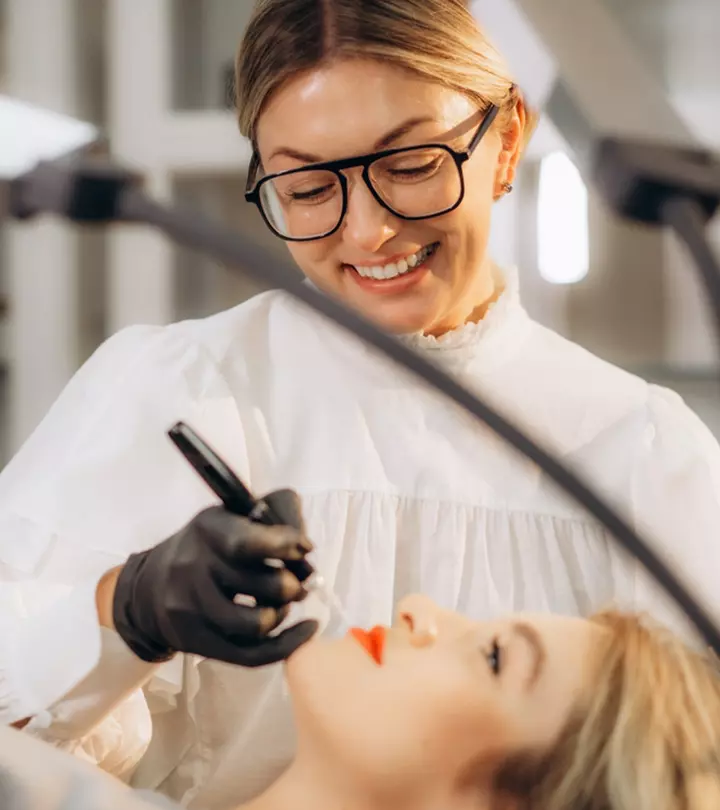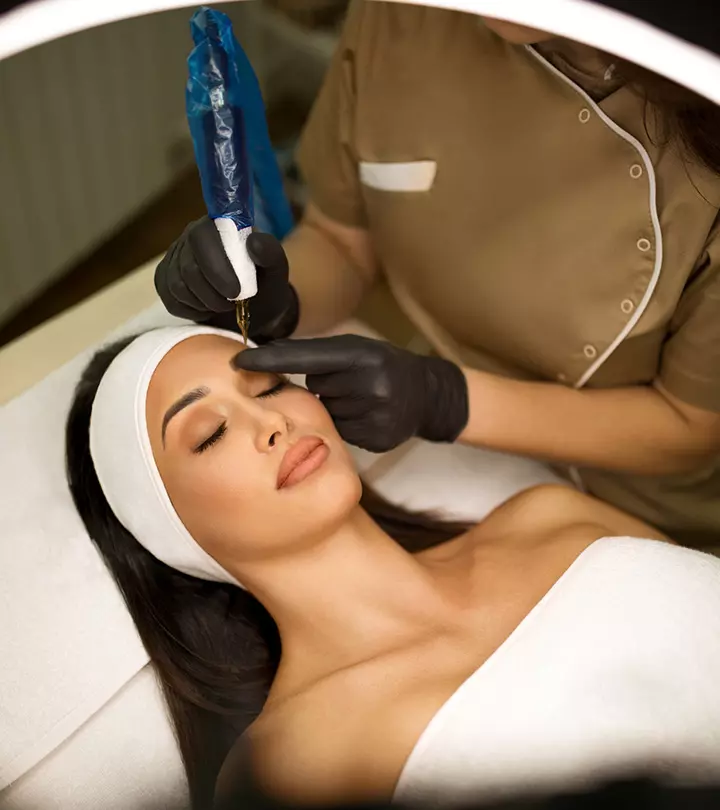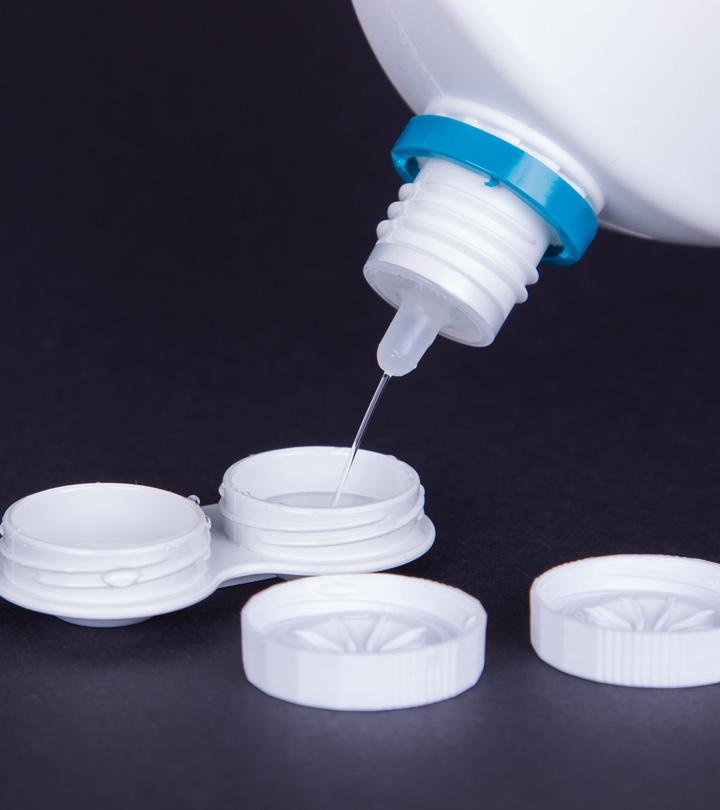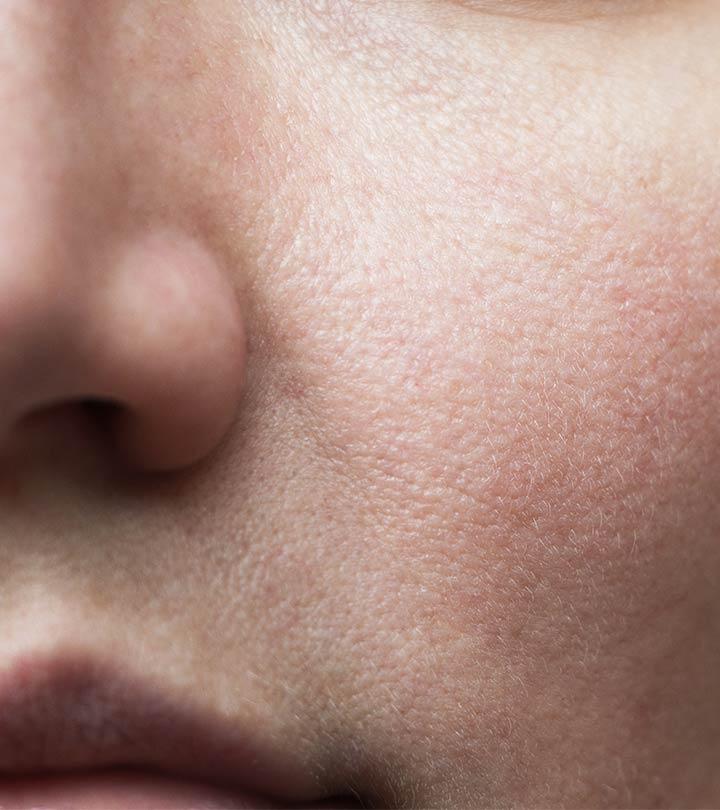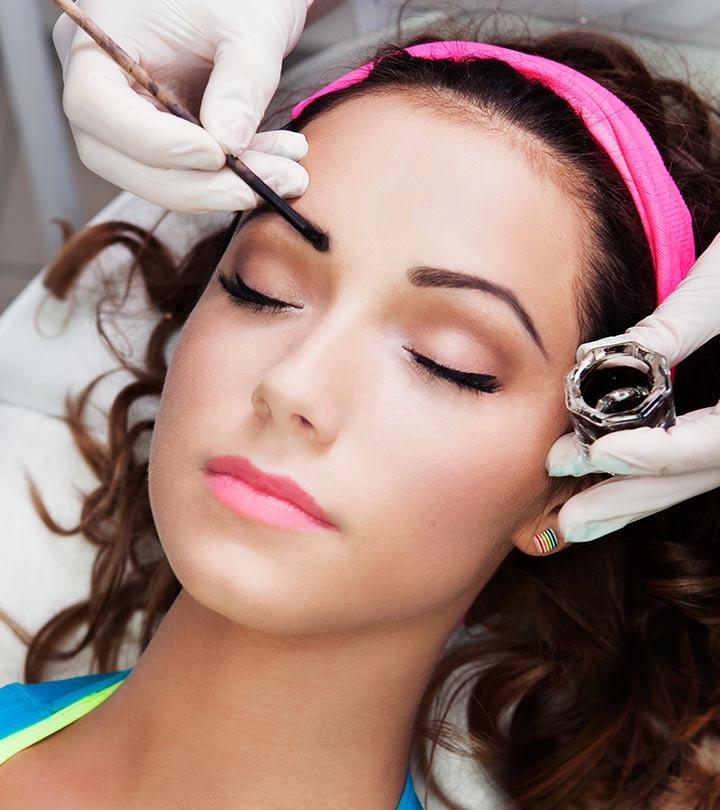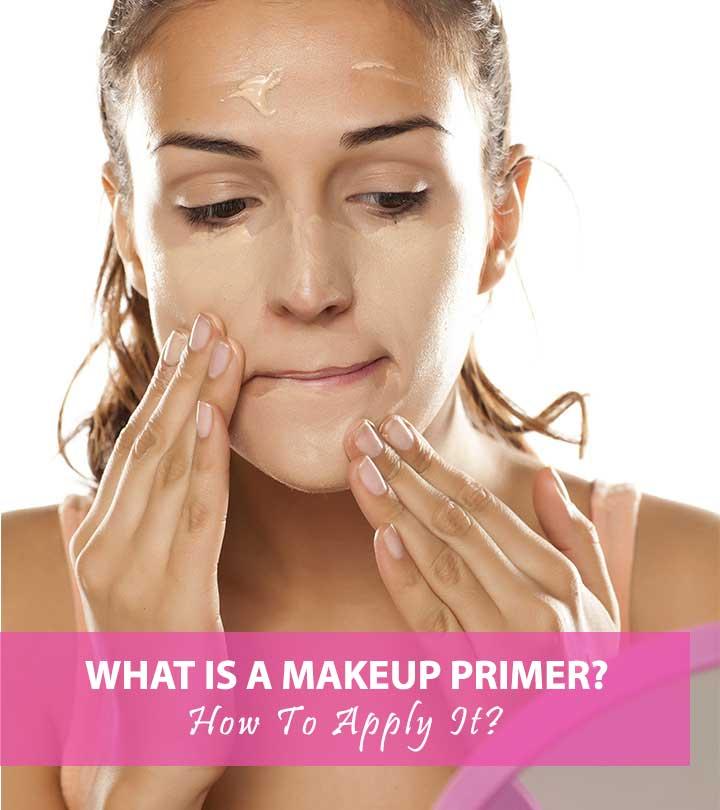How To Remove Permanent Tattoos
There are many ways to get rid of the tats you no longer wish to carry on your skin.

Image: Midjourney/ StyleCraze Design Team
Tattoos are a way of expressing ourselves but removing them can be quite a headache. While they bestow a memorable experience, some become a source of regret later. So, if you are wondering how to remove permanent tattoos, you have landed on the right page. Some tattoos can be a spur-of-the-moment decision that needs undoing. Fortunately, with scientific progression, several different ways have come up to remove your permanent tattoos in a very risk-free and easy manner. So, now you can get rid of any embarrassing token that you have etched on your skin. Keep reading to find out more.
 Keep In Mind
Keep In Mind- Color: Color Dark colors such as black and gray are the easiest to remove followed by red, while light colors such as yellow, green, purple, blue, turquoise, pink as well as fluorescent colors are the hardest to remove.
- Location: Color Areas with better blood flow, such as the back, face, neck, chest, stomach, arms, and legs are easiest to remove tattoos, whereas areas with lower blood circulation, like hands, fingers, feet, and torso are hard to remove tattoos from.
- Aftercare: Color Apply sunscreen or wear protective clothing to avoid direct sun exposure to the treated skin. Wash the area twice daily with water and a gentle cleanser. Apply petroleum jelly afterwards.
In This Article
What You Should Be Aware Of Before Going In For Tattoo Removal
Before that, here are some things you need to keep in mind before going in for tattoo removal:
- Be clear whether you would rather do a full cover-up or be left with a partial tattoo because no tattoo removal procedure is fully guaranteed. Sometimes, they only fade partially and leave a ghost image or a permanent raised scar.
- One treatment isn’t going to do the job – you will need multiple sessions with an average time between sessions ranging from 4-6 weeks as your skin needs to recover between these sessions. However, this differs from person to person.
- The success rate of the removal procedure depends on various factors like – location of the tattoo, size of the tattoo, possible allergies, your age and whether it’s done by a professional or an amateur (tattoos done by amateurs are often easier to remove because they are done with an uneven hand so there’s a giant difference in saturation, depth and uniformity when compared to one done by a professional tattoo artist).
- Older tattoos are comparatively easier to get rid of than something you got done recently.
- You need to be educated and aware of the potential side-effects – the most common being hyper-pigmentation which is either a darkening or lightening of the area. This usually heals within 6-12 months. Other potential side-effects include scarring, burns, changes in the texture of the skin and infections.
- It’s best to restrain from use of antibiotics when you are getting a laser tattoo removal as a majority of these drugs trigger sensitivity to light which may deteriorate your healing process.
It’s always important to do your research and if you’re in doubt, do not jump into the process. The procedure may not live up to your expectations as it is a slow process and might not be flawlessly done; however, if you are mentally and physically prepared to go through with it, and promise full commitment, then it’s time for you to pick the most effective technique of removal. Make sure to keep it in mind that it requires a lot of patience and can’t be done hastily.
Let us look at the most common tattoo removal methods people opt for.
Tattoo Removal Creams: Are They Effective?
As a budget-friendly option for those who fear surgical methods, tattoo removal creams are a savior. However, they are not scientifically proven to provide good results nor are reviewer testimonials very encouraging.
Tattoo removal creams are applied on the topmost layer of the skin, the epidermis, while tattoo needles penetrate into the dermis layer to deposit pigments for lasting inkwork. While tattoo removal creams use peeling chemicals to gradually peel off the top layer of the skin to remove tattoos over time, they do not promise to do so without adverse reactions. Anecdotal evidence indicates the following side effects of using tattoo removal creams:
- Redness
- Burning
- Excessive peeling
- Inflammatory rashes
- Hives
- Scarring
- Pigmentation problems
- Nausea
- Breathing issues
- Anaphylaxis in severe cases
As Science is progressing and tattoo removal has gained immense popularity, there are a fewer risks involved in the process. Below are some of the most sought-after ways to remove permanent tattoos.
How To Remove Permanent Tattoos – Surgical Methods
- Laser Tattoo Removal
- Intense Pulsed Light Therapy
- Cryosurgery
- Dermabrasion
1. Laser Tattoo Removal
This is the safest and most preferred tattoo removal technique with minimal side effects but high in cost. The laser removes the tattoo by breaking up the ink’s pigment colors with a high-intensity light beam.
If you only have black ink, then lucky for you because black absorbs all laser wave-lengths, making it the easiest color to treat. Other colors can be treated with the help of selected lasers depending upon the color of the pigment. This method can also be used for cosmetic tattoos. Since these tattoos use many colors and makeup ink, specific lasers are needed to ensure the skin or tattoo doesn’t turn the wrong color.
There are two types of laser which can be used for the process – ‘Passive’ and ‘Active’ laser tattoo removal system.
i) Passive Laser Treatment
Just because ‘Passive Laser’ includes the word ‘laser’ in it, it does not become a fool-proof tattoo removal method. This is a cheaper way to get rid of your tattoo, but don’t get too excited – this technique will only partially fade your tattoo. You will find this technique offered to you by tattoo salons or beauty clinics. It’s best to know the difference between these and medical-grade active Q-switched lasers so you aren’t taken advantage of, only to end up with a partially faded tattoo in the name of “savings”.
ii) Active Laser Treatment
Coming to the single-most effective and efficient way of removing tattoos of nearly every color – the Active Laser. An Active Q-Switched (AQS) Laser removal technique is considered ideal by dermatologists. It requires various sittings and also has minimal risk of scarring. If proper aftercare is followed, these will heal within 6-12 months.
There are three types of Active Q-switch lasers – Nd:YAGi An innovative and super quick laser procedure that uses long, infrared beams to remove age spots, tattoos, and freckles. , Rubyi An older laser technique that uses synthetic ruby crystals to remove tattoos and pigmented spots on the skin. , and Alexandritei A laser procedure that uses alexandrite crystal to remove tattoos and unwanted hair on lighter skin tones. . Each targets a different range of the color spectrum. In most cases, more than one Q-switch laser is used during a tattoo removal treatment – and they all produce impressive results.
A blogger recalls her personal experience of getting a tattoo removed by the laser removal process. She shares that her laser artist started with ice treatment to numb the area and for less pain. She sheds light on the process and explains how the laser bursts the ink particles and gradually eliminates the hue. As a recommendation, she adds, “So, the healthier you are, the more water you drink and the better you care for it, the better your body and work for you (i).”
 Trivia
TriviaAmerican dermatologist Dr. Leon Goldman was the first physician to use lasers to remove a tattoo in the 1960s.
Get the difference?
2. Intense Pulsed Light Therapy
Intense Pulsed Light (IPL) Therapy uses a broad spectrum light which removes the top layer of the skin (epidermis). It breaks down the pigments in the tattoo into smaller components, which are then absorbed into the bloodstream and taken away from the site. In time, the affected area heals by skin regeneration.
However, this technique is not advisable for people of color as their skin is susceptible to permanent loss of skin color (hypo-pigmentation). Also, this technique is suitable for larger tattoos as it emits large light pulses.
3. Cryosurgery
This method is most often used to remove skin cancers and warts but it’s also used in tattoo removal. During the process, the inked area is exposed to an extremely cold temperature by spraying a freezing-agent. Liquid nitrogen is most commonly used to do so. The area is then sanded through dermabrasion to remove the top layers of the skin. This is performed under a general anesthesia as it’s highly painful. The biggest drawback of this technique is that it may damage not just the tattooed-area but also skin tissue.
The method is least effective on green and yellow pigments. Also, this process is not recommended for people who have very sensitive skin or tend to scar easily. Although cryosurgery is comparatively less expensive than laser removal, it is not as efficient. It’s also considered to be cosmetic surgery and is hardly ever covered by an insurance policy.
4. Dermabrasion
In this technique, the skin is abraded using a high-speed brush or a wheel. In essence, the skin is literally sanded down to reach and extract the ink-stained skin. The area is numbed by a general anesthetic. Like most tattoo removal procedures, this requires multiple sessions for treatment. There is a high risk of infection and scarring when it comes to this method.
These are some legit and scientifically-acknowledged ways to actually remove a permanent tattoo.
General DIY Methods That People Try At Home To Remove Permanent Tattoos
How to remove tattoos at home? Is it even possible? There are some DIY methods that people try such as using lemon and honey, chemical peels, salt scrubs, apricot scrubs, and putting together all kinds of bizarre ingredients but you must remember that a permanent tattoo is a rather serious business (the whole idea lies in its permanence, right?) and its removal needs to be done by a professional using the safest possible technique.
However, if you are against Science and convinced that the ‘natural way’ is the best way to go and want to know more about these DIY tattoo removal methods, these are some old-school techniques that people often use.
Note:Some of these methods are the most painful and agonizing tattoo removal methods. If you have a low pain threshold, do not even consider them.
1) Lemon and Honey
Since lemon is a natural bleaching agent and honey is known for its skin regenerative and nourishing properties,this is a go-to method for most people. Mix one teaspoon of lemon with one spoon of honey and apply this mixture on your tattoo everyday. People have claimed that this has faded their tattoo to a certain extent.
2) Salabrasion
Salabrasion uses salt to scrub down the tattoo ink. Several treatments are needed to see results.
 Fun Fact
Fun FactArcheologists found the first evidence of tattoo removal attempts in Egyptian mummies dating back to 4000 BC. Ancient Greeks also used salt or garlic paste to scrub off tattoos.
3) Salt and Lemon Juice
Mix 100 grams of salt with lemon juice. Soak a cotton pad in this solution and rub it over your tattoo until the solution is deeply absorbed into your skin. Repeat this process everyday, until you achieve desired results. The process of using salt for tattoo removal is similar to that of Salabrasion.
4) Hydrogen Peroxide
Hydrogen peroxide is another common household item that is used to remove permanent tattoos. It’s known to lighten the ink or the pigmentation of the tattoo to a certain extent. You can use this solution over the tattooed area after you scrub the area with salt. It’s popular for its antiseptic properties and also helps to prevent infection.
5) Aloe Vera
If you have super-sensitive skin and can’t opt for other options – aloe vera is one way to fade your tattoo. You can mix fresh aloe vera jel with yogurt and apply this mixture on the tattoo everyday until you see a change. Also, this may work for really small tattoos.
6) Apple Cider Vinegar
If you have a small tattoo, you can dab a cotton ball soaked in ACV everyday until it starts to fade. However, you need to rub your tattoo with sand paper for the ACV to effectively get absorbed into the area. Although it’s a tedious and painful method – some people have claimed that they’ve achieved results with this procedure.
Infographic: 7 Most Important Tips To Remember While Getting Your Tattoos Removed
Removing a tattoo can be a daunting process. One needs to follow several precautions to ensure a safe and successful procedure. In the following infographic, we have listed the 7 most important tips you must bear in mind while getting your tattoos removed. Check them out.

Illustration: StyleCraze Design Team
People often use tattoo removal creams to remove a permanent tattoo without understanding that they are ineffective. Their chemical content target only the upper layer of your skin and not the inner one where the ink sits. Tattoo removal creams can give your tattoo a faded look, but even that is not good as the designs begin to look worn out. It is always important to remove a tattoo under the supervision of a professional and seek consultation as they ensure proper safety and preparation and keep your health in mind as well. A follow-up may also be required if suggested by the dermatologist. The primitive methods like rubbing salt on the tattoo or scraping the design with sandpaper are not safe. So avoid using those methods at home to avoid skin damage and risk of scarring. But now that you know the safe ways to remove permanent tattoos, you can stop yourself from holding back and get yourself inked. Make sure to take good care of your skin before and after the procedure. Now go ahead and get started.
Frequently Asked Questions
Does Vaseline fade tattoos?
No. Professional tattoo artists advise against using Vaseline while a new tattoo is healing as it blocks moistures and bacteria, preventing your newly tattooed skin from breathing and healing, and causing infections. Once the tattoo is completely healed, the use of Vaseline has no effect on the ink.
How long does it take to remove a tattoo with lemon and salt?
Lemon and salt cannot fully remove a permanent tattoo. Many people believe in this DIY method to fade the tattoos which take several weeks to show even slight improvement in the fading.
Does bleach fade tattoos?
No. Bleach cannot penetrate the skin deep enough to affect the tattoo, but it can damage your skin.
Does rubbing alcohol fade tattoos?
No. Rubbing alcohol does not fade tattoos, however, do not apply rubbing alcohol on fresh, healing tattoos as it will lead to infections.
Does vitamin C fade tattoos?
No. Vitamin C does not fade tattoos. Over time, old tattoos begin fading naturally because of macrophage cells that absorb the ink and disperse it.
Key Takeaways
- Several techniques can be used to remove unwanted permanent tattoos, such as laser removal, cryosurgery, dermabrasion, and intense pulsed light therapy.
- The laser removal method breaks the tattoo ink particles with a focused light and is considered the safest option.
- Multiple treatment sessions are needed with all surgical methods. The success rate depends on factors like tattoo color, age, and location.
- Possible temporary side effects include skin discoloration, burns, and swelling.
- Research thoroughly to choose a method wisely and know expected results and possible risks before opting for a procedure.
Watch as this man undergoes laser surgery to have his face tattoo removed. See the amazing transformation as the tattoo fades away!
Personal Experience: Source
StyleCraze's articles are interwoven with authentic personal narratives that provide depth and resonance to our content. Below are the sources of the personal accounts referenced in this article.
i. My Tattoo Removal Processhttps://erasingmytattoos.blogspot.com/2013/05/day-1-my-tattoos-before-we-started-and.html
Read full bio of Madison Williams
Read full bio of Shatabdi Bhattacharya
Read full bio of Joyce Joyson





